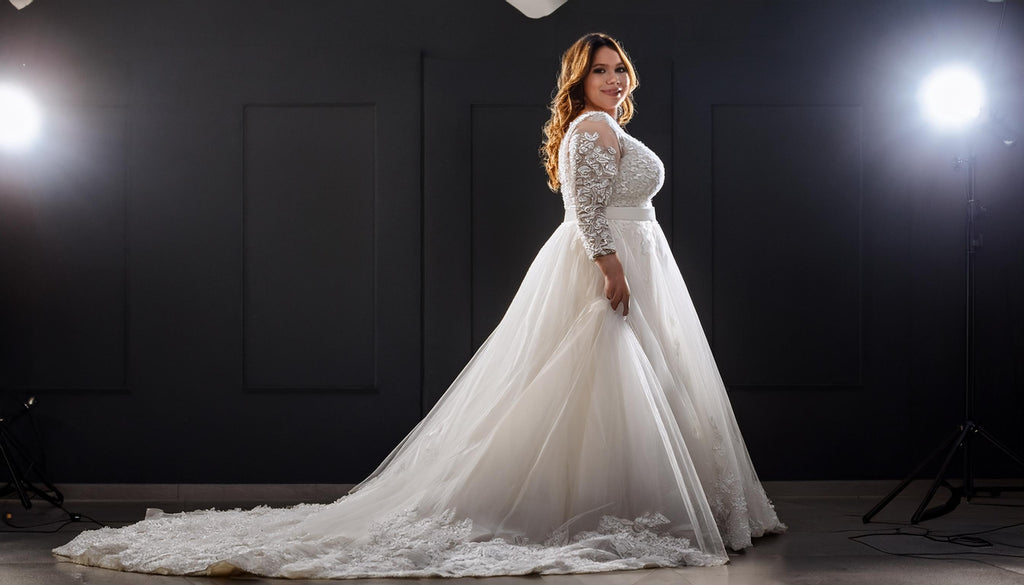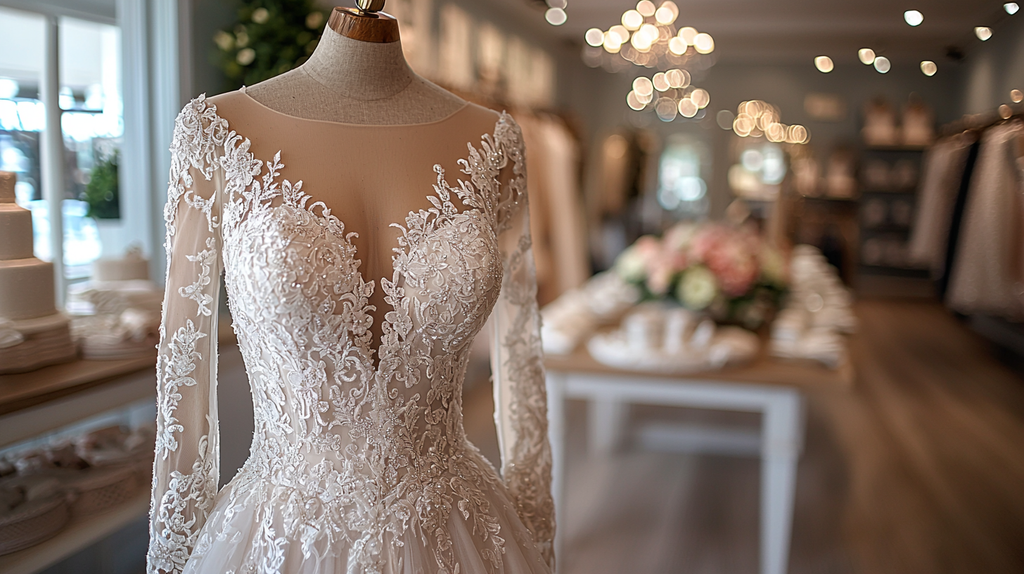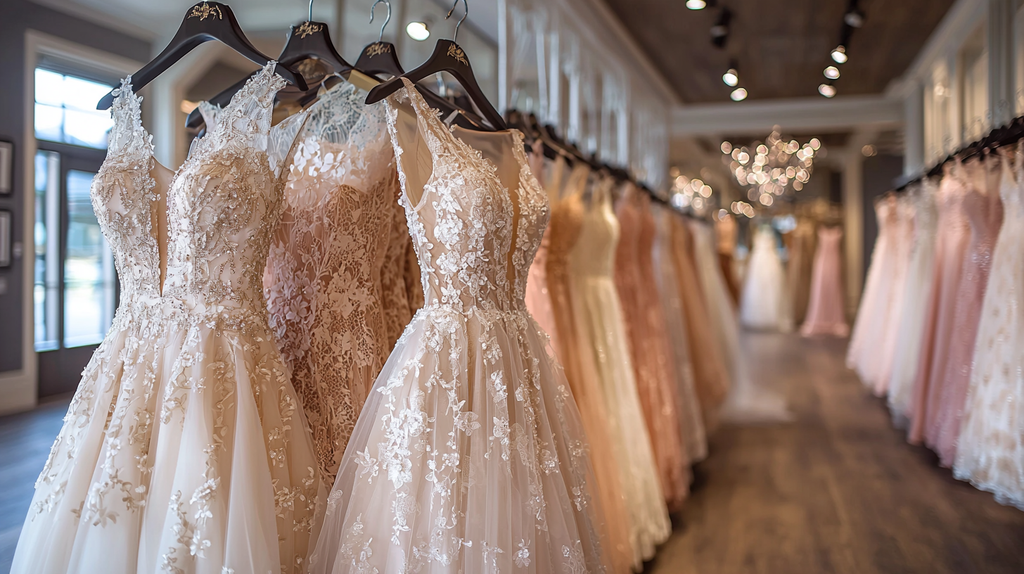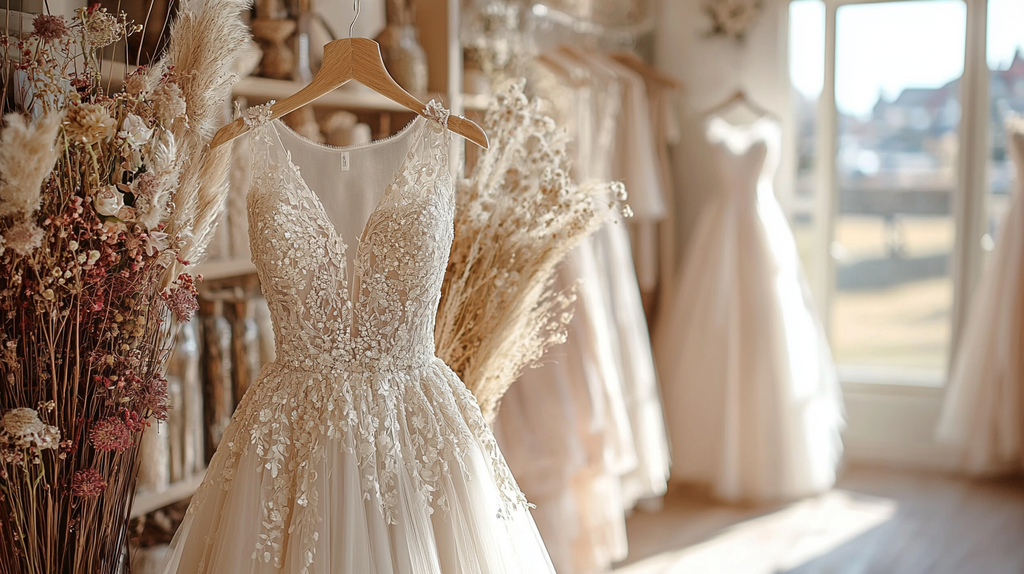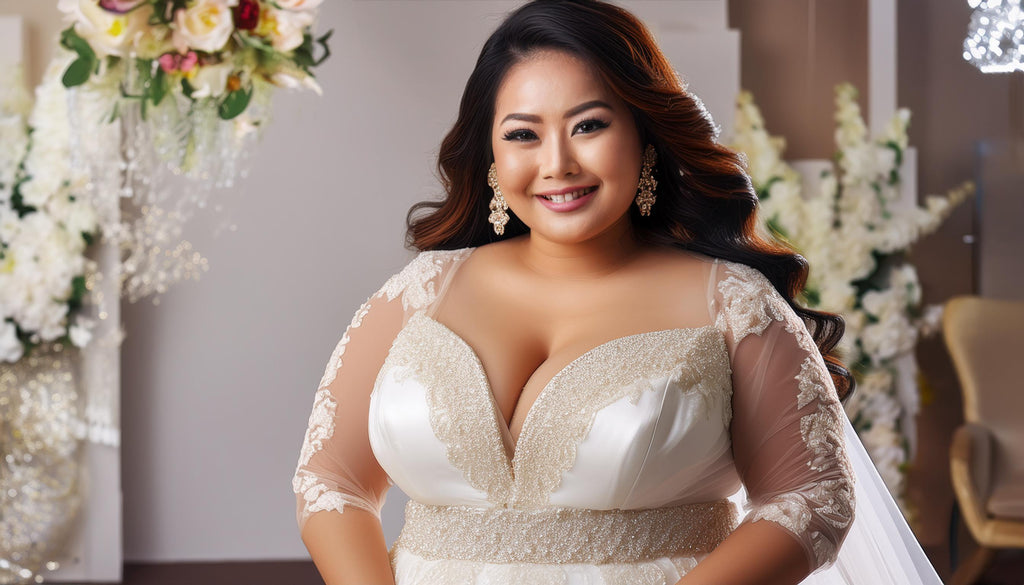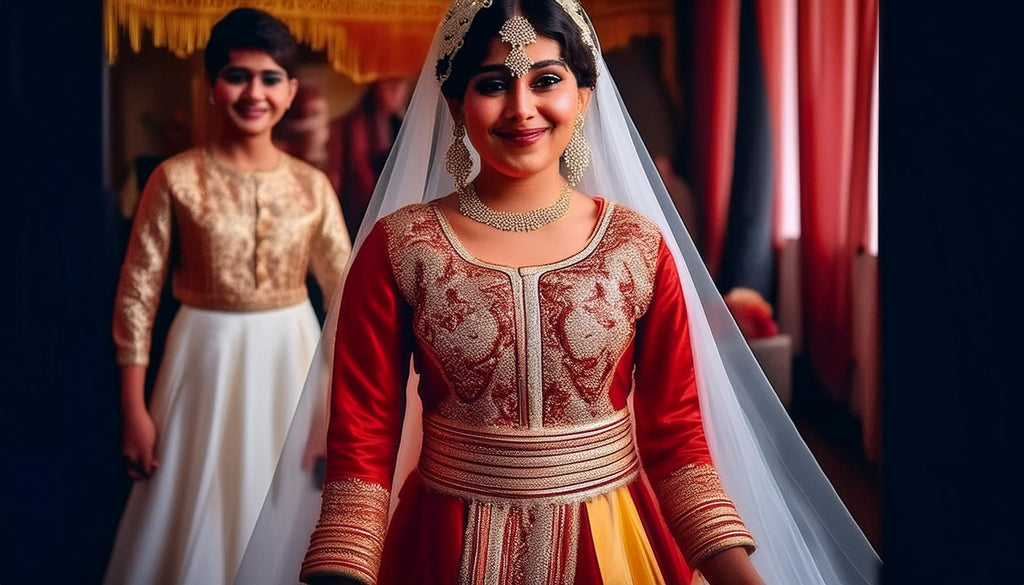
Cultural Bridal Attire

Cultural Wedding Attire: Dresses from Around the World
Weddings! They are universal, but the ways in which they are celebrated are as diverse as the people who celebrate them. One of the most enchanting aspects of weddings is the Floral Embellished Dresses—each culture boasting its unique, stunning traditional dresses. Let’s take a delightful journey around the globe to explore some of the most beautiful wedding attires. Fasten your seat belts; this is going to be a stylish ride!
1. Japan: Kimono Elegance
In Japan, the traditional bridal attire is a kimono, often made of silk and adorned with intricate patterns. The bride typically wears a white kimono called “shiro-muku” during the ceremony, symbolizing purity and the beginning of a new life. For the reception, she might change into a colourful kimono called “iro-uchikake.”
Learn more about vintage inspired wedding gowns.
| Element | Description |
|---|---|
| Shiro-muku | White kimono for the ceremony, symbolizing purity. |
| Iro-uchikake | Colorful kimono worn during the reception, often with intricate embroidery. |
2. India: Vibrant Saris and Lehengas
Indian weddings are known for their grandeur and vibrant colors. Brides typically wear saris or lehengas in bright hues like red, symbolizing prosperity and luck. The fabrics are often rich in texture, adorned with gold embroidery and beads.
| Element | Description |
|---|---|
| Sari | A long piece of fabric draped elegantly around the body. |
| Lehenga | A skirt paired with a blouse and a dupatta, heavily embroidered. |
| Jewelry | Includes items like mang tikka, nose rings, bangles, and anklets. |
3. China: Qipao and Dragon-Phenix Dresses
In China, the traditional wedding dress is a red qipao or a dragon-phoenix gown, symbolizing good luck, happiness, and prosperity. The qipao is usually red and gold, with intricate embroidery.
| Element | Description |
|---|---|
| Qipao | A form-fitting dress with a high collar, often in red with gold embroidery. |
| Dragon-Phenix gown | A gown featuring dragon and phoenix designs, symbolizing harmony. |
4. Nigeria: Aso Ebi and Gele
Nigerian weddings are colorful and festive, with the bride often wearing Aso Ebi, a coordinated fabric chosen by the family. The ensemble is usually vibrant and includes a head tie called “gele.”
| Element | Description |
|---|---|
| Aso Ebi | Coordinated fabric worn by the family and guests. |
| Gele | A flamboyant head tie, often matching the Aso Ebi. |
5. Scotland: Tartan Treasures
In Scotland, the traditional wedding attire for the groom includes a kilt made of tartan, representing the groom’s clan. Brides often wear white gowns, but they might add a sash of the family tartan.
| Element | Description |
|---|---|
| Kilt | A knee-length skirt made of tartan, worn by the groom. |
| Tartan Sash | A sash of the family tartan, sometimes worn by the bride. |
6. Ghana: Kente Cloth
Ghanaian brides often wear Kente cloth, a handwoven fabric with bright, multicolored patterns. The fabric’s colors and patterns have significant meanings, often representing the bride’s heritage and family history.
| Element | Description |
|---|---|
| Kente Cloth | Bright, multicolored handwoven fabric with symbolic patterns. |
7. Mexico: Charro Suit and Colorful Dresses
Mexican weddings are lively and vibrant. The bride might wear a white dress with colorful embroidery, while the groom dons a traditional charro suit.
| Element | Description |
|---|---|
| Charro Suit | A traditional suit with silver accents, worn by the groom. |
| Embroidered Dress | A white dress with colorful embroidery, worn by the bride. |
8. Morocco: Kaftan Glamour
Moroccan brides are known for their stunning kaftans, which are long, flowing gowns often made of luxurious fabrics like silk or velvet, and adorned with intricate embroidery and beadwork.
| Element | Description |
|---|---|
| Kaftan | A long, flowing gown made of luxurious fabric. |
| Takchita | A two-piece dress often worn during the wedding ceremony. |
9. Russia: Sarafan and Kokoshnik
In Russia, traditional bridal attire might include a sarafan, a long, trapezoidal dress, often paired with a kokoshnik, a traditional headdress.
| Element | Description |
|---|---|
| Sarafan | A long, trapezoidal dress. |
| Kokoshnik | A traditional headdress, often decorated with pearls and beads. |
10. South Korea: Hanbok Harmony
In South Korea, the traditional wedding attire is the hanbok, which includes a jeogori (a short jacket with long sleeves) and a chima (a full, wrap-around skirt).
| Element | Description |
|---|---|
| Jeogori | A short jacket with long sleeves. |
| Chima | A full, wrap-around skirt. |
A Dash of Humor: Wedding Attire Surprises
Now, you might think, "Sure, these traditional attires are beautiful, but aren't modern weddings just about white dresses and tuxedos?" Well, imagine the surprise on the face of someone at a Scottish wedding, expecting a regular suit and instead seeing the groom in a kilt, confidently striding with a sporran swinging from his waist. Or picture the reaction at a Nigerian wedding when the guests, clad in matching Aso Ebi, burst into a synchronized dance, gele ties bouncing with every move. It's these delightful cultural quirks that make weddings so much fun!
Expert Tips for Brides-to-Be
Alright, let’s get a bit practical here. If you're a bride-to-be planning to embrace your cultural heritage on your big day, here are a few tips:
- Do Your Research: Understand the significance of the attire and its elements. Every pattern, color, and accessory might have a meaning.
- Comfort is Key: Traditional attire can sometimes be heavy or layered. Make sure you have some trial runs to ensure you’re comfortable.
- Blend Tradition with Modernity: Feel free to add a modern twist to your traditional attire. It could be as simple as modern jewelry or a contemporary hairstyle.
- Consult with Elders: They often have valuable insights and can guide you on how to wear and carry your traditional attire with grace.
- Have Fun with It: This is your day. Embrace the beauty of your culture and let your personality shine through.
- Learn about being a sustainable bride.
Conclusion
Weddings are a beautiful celebration of love and unity, and traditional wedding attire adds an extra layer of charm and cultural significance to the festivities. Whether it's the vibrant saris of India, the elegant kimonos of Japan, or the colorful Kente cloth of Ghana, each piece of wedding attire tells a story of its own. So, here’s to celebrating diversity and the stunning array of cultural wedding dresses that make the world a more colorful place!


